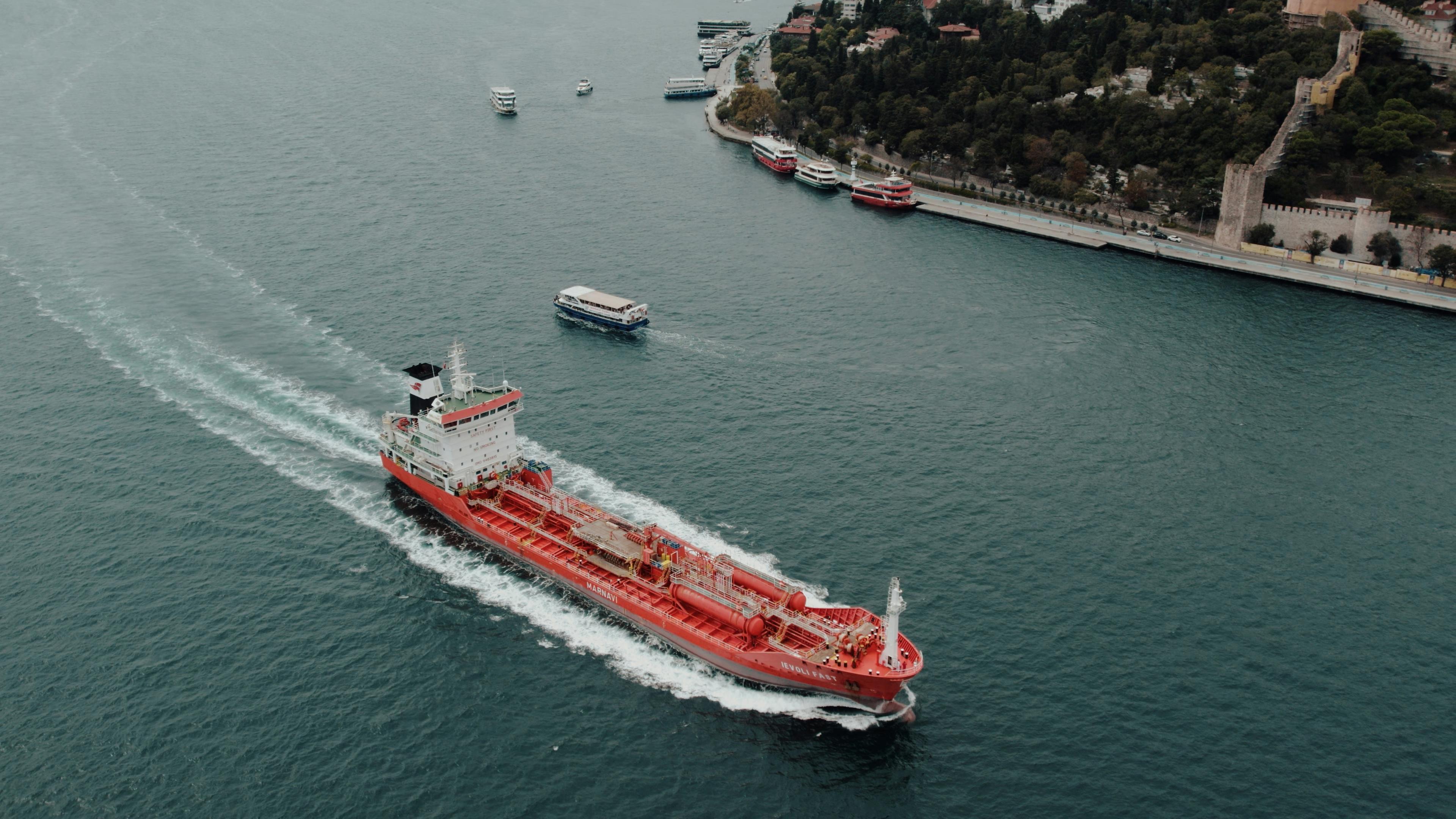Limited Oil Rig Availability: How The BP-Transocean Alliance Could Reshape Supply Dynamics

The recent announcement of BP and Transocean rekindling their strategic partnership has sent ripples through the oil industry. While the collaboration signals a renewed focus on offshore exploration and production, it also sheds light on a growing challenge: the tight oil rig market. With rig availability constrained and demand rising, the dynamics of global oil supply are poised to shift. This article examines the implications of the BP-Transocean alliance and how it underscores the critical role of rig availability in shaping the future of energy production.
Contextual Background
The BP-Transocean Partnership
BP and Transocean have a long history of collaboration, particularly in offshore drilling projects. Their renewed alliance comes at a time when energy demand is rising, and oil producers are increasingly looking to offshore fields to sustain production. The partnership aims to leverage Transocean’s expertise in deepwater drilling and BP’s global operational footprint to navigate an increasingly competitive market.
The Current State of the Oil Rig Market
The global oil rig market is facing significant challenges. Rig utilization rates are at their highest in years, driven by a resurgence in offshore drilling post-pandemic. However, years of underinvestment in exploration and rig maintenance have created a bottleneck. As a result, oil producers are struggling to secure the rigs needed to meet their project timelines.
Analyzing the Tight Oil Rig Market
Global Rig Availability
Current data shows that rig utilization rates exceed 90% in some regions, with demand outpacing supply. This tight market is exacerbated by increased exploration activity in areas such as the Gulf of Mexico and West Africa, where offshore drilling is a critical component of energy production.
Challenges for Producers
For oil producers, the scarcity of rigs translates to higher costs and longer project timelines. Companies must navigate increased competition for available rigs, which inflates day rates and adds financial strain to exploration budgets. Additionally, delays in securing rigs can lead to missed opportunities and reduced production forecasts.
Implications of the BP-Transocean Alliance
Strategic Benefits for BP and Transocean
By partnering, BP ensures consistent access to Transocean’s fleet of advanced rigs, safeguarding its ability to execute projects without significant delays. For Transocean, the alliance secures a steady revenue stream and strengthens its position in a competitive market. Together, the two companies can optimize operations, reduce downtime, and enhance project efficiency.
Market Signals to Competitors
The partnership also sends a clear signal to the industry: securing rig access is now a top priority. Other producers may be prompted to lock in long-term contracts with rig providers, further tightening the market. This competitive dynamic could drive innovation and efficiency in offshore operations but may also intensify supply constraints.
Broader Market Impact
Potential Constraints on Supply Growth
The tight rig market poses a significant challenge to global supply growth. Even as oil prices rise, producers may struggle to scale production due to limited rig availability. This constraint could contribute to prolonged supply shortages and heightened market volatility.
Price Effects
As rig shortages persist, production costs will likely rise, pushing oil prices higher. While this may benefit producers in the short term, sustained price volatility could destabilize markets and discourage investment in long-term projects.
Future Outlook
Adaptation Strategies for Producers
To address rig shortages, producers may need to invest in new rig construction and adopt advanced technologies to improve efficiency. Partnerships like BP and Transocean’s could become more common as companies seek to pool resources and mitigate risks.
Policy Considerations
Governments and regulatory bodies may need to incentivize investment in exploration and rig infrastructure to alleviate supply bottlenecks. Support for innovation in drilling technologies could also help bridge the gap between demand and availability.
Conclusion
The BP-Transocean alliance highlights a critical issue in the oil industry: the scarcity of rigs and its impact on supply dynamics. While the partnership offers a strategic advantage for both companies, it also underscores the broader challenges facing the sector. Addressing rig shortages will be essential to ensuring stable and sustainable energy markets in the years to come. Without action, the tight rig market could continue to constrain production, keeping global oil supply under pressure.
Author: Gerardine Lucero
Copper's Comeback: Inside BHP And Lundin's Argentine Asset Acquisition
Copper, often dubbed "the metal of electrification," is experiencing a resurgence in demand due to its critical role in ... Read more
Revitalizing Commodities: How Clean Energy Is Breathing New Life Into A Stagnant Market
The commodities market, traditionally a cornerstone of investment portfolios, has experienced a decade of stagnation. Ho... Read more
European Airports Disrupted By Escalating Climate Protests
Climate activists have escalated their protests at European airports, blocking runways and causing flight disruptions in... Read more
Hungary's Russian Oil Dilemma: Why Brussels Is Cautious In Offering Support
Hungary's reliance on Russian oil has led it to seek support from Brussels to ensure continued access to this crucial en... Read more
Unveiling China's Secret Commodity Stockpiles: What Lies Ahead?
Xi Jinping's extensive reserves of grain, natural gas, and oil hint at future challenges.In a move shrouded in secrecy, ... Read more
Copper Miners Brace For Industry Overhaul As End Users Seek Direct Deals
The copper mining industry is bracing for a significant overhaul as end users, including cable manufacturers and car com... Read more

